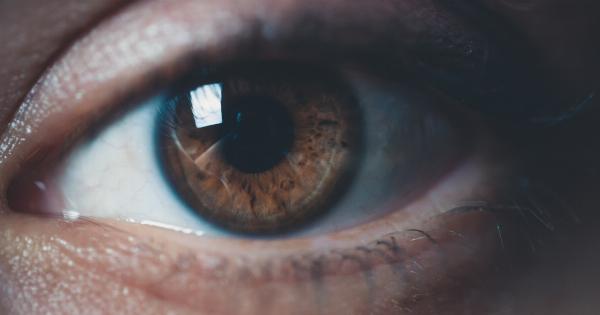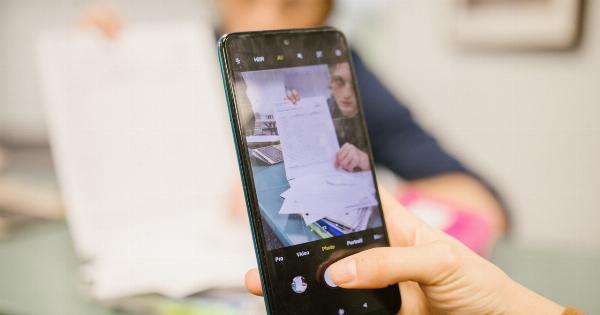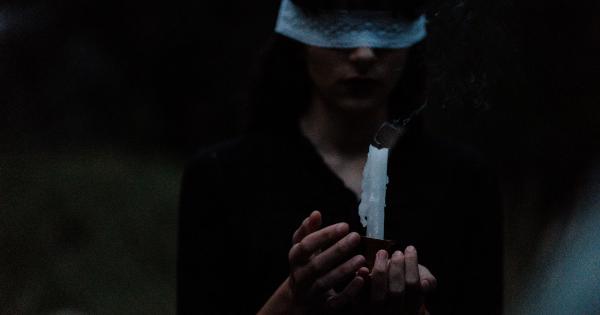Children with eye problems can experience difficulties in their academic, social and personal lives. According to the American Optometric Association, vision problems are the fourth most prevalent health problem in the United States.
Eye problems in children can be detected through a comprehensive eye examination which includes visual acuity test, refraction test, eye health evaluation and visual perception test. Recently, 3D movies are being used as a diagnostic tool for eye problems in children with promising results. This article explores the use of 3D movies for diagnosing eye problems in children.
How 3D Movies work
3D technology has long been used in entertainment industry to enhance the movie experience. Two aspects that contribute to the 3D movie experience are binocular vision and stereopsis.
Binocular vision refers to the ability of the eyes to work together to form a single visual image while stereopsis refers to the ability of the brain to process visual information from both eyes to form a perception of depth. 3D movies work by presenting two slightly different images to each eye which creates a sensation of depth and realism.
How 3D Movies are used to diagnose eye problems in children
3D movies are being used as a diagnostic tool for children with eye problems mainly in two ways. Firstly, it is used to detect amblyopia which is a condition where the vision in one eye is weaker than the other.
Amblyopia is often diagnosed by presenting different images to each eye and measuring the difference in the responses. 3D movies can be used as a substitute for traditional methods to diagnose amblyopia. The 3D images are presented to each eye separately and the response from each eye is measured.
Children with amblyopia may show different responses depending on their level of condition.
The second way 3D movies are used as a diagnostic tool is in detecting issues with binocular vision and stereopsis. The ability to enjoy a 3D movie depends on the ability of the eyes to work together. It is also known as binocular vision.
Children with binocular vision problems may not be able to perceive the 3D images accurately or may experience double vision. Stereopsis is the ability of the brain to merge the visual inputs from both eyes to perceive depth. Children with stereopsis problems may experience difficulty in determining depth and distance.
By presenting 3D movies and measuring the responses of each eye, optometrists can diagnose issues with binocular vision and stereopsis in children.
Advantages of 3D Movies for diagnosing eye problems in children
The advantages of using 3D movies as a diagnostic tool are numerous:.
- As 3D movies are a popular form of entertainment among children, it is a non-invasive and fun way of diagnosing eye problems.
- Traditional methods of diagnosing eye problems often require eye drops, which can be unpleasant for children. 3D movies do not require any eye drops.
- 3D movies are more accessible and cost-effective than traditional diagnostic equipment.
- 3D movies are a more accurate and sensitive way of diagnosing eye problems compared to traditional methods.
Disadvantages of 3D Movies for diagnosing eye problems in children
However, 3D movies cannot be used as the sole diagnostic tool for children with eye problems. Here are some of the disadvantages:.
- 3D movies are not a substitute for a comprehensive eye exam and should only be used as a complementary tool.
- The accuracy of 3D movie diagnosis depends on the quality of the movie and the distance between the child and the screen.
- Children with certain medical conditions such as strabismus may not be able to view 3D images accurately and may require a different diagnostic tool.
Clinical studies on using 3D movies to diagnose eye problems in children
Several clinical studies have been conducted on the efficacy of using 3D movies as a diagnostic tool for eye problems in children.
A study published in the Journal of AAPOS (American Association for Pediatric Ophthalmology and Strabismus) reported that using 3D movies as a diagnostic tool for vision problems in children is a feasible and reliable option. The study concluded that 3D movies are a more sensitive diagnostic tool compared to traditional methods with a greater accuracy in detecting vision problems.
Another study published in the Journal of Optometry reported that 3D movies are an effective option for diagnosing amblyopia in children, especially in cases where traditional methods are not possible due to the child’s age or anxiety.
Conclusion
3D movies are a promising diagnostic tool for eye problems in children with advantages such as non-invasiveness, cost-effectiveness, accessibility and accuracy.
It is a complementary tool to a comprehensive eye exam and should not be used as a standalone diagnostic tool. Some clinical studies have already shown the efficacy of 3D movies in diagnosing vision problems and more research is needed to explore its potential further.































